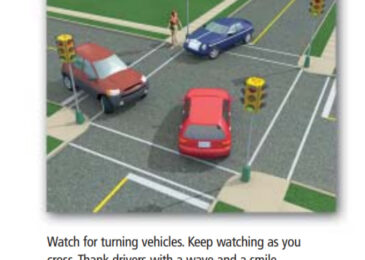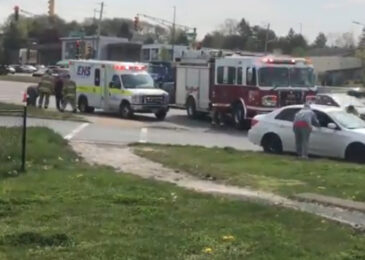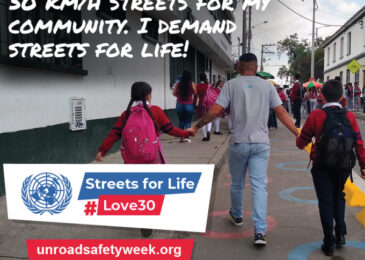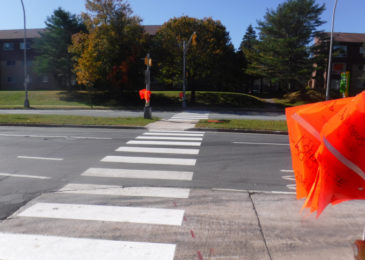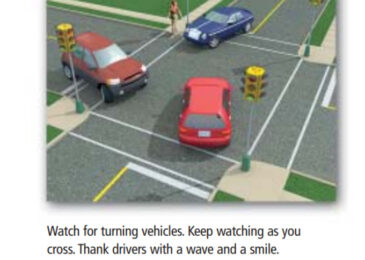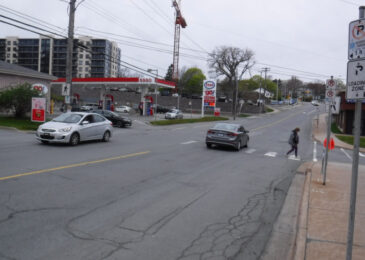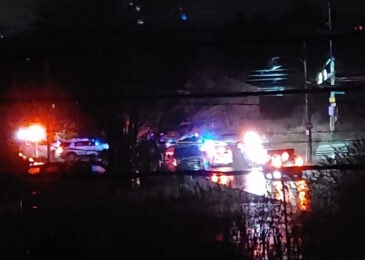Martyn Williams: Response to Road Safety Framework annual report
Martyn Williams writes to members of the Halifax Transportation Standing Committee who are discussing the annual road safety framework report today at 1pm. “The municipality is not experiencing a traffic flow or congestion crisis. It is experiencing a road safety crisis that is disproportionately affecting people who are most vulnerable.”

